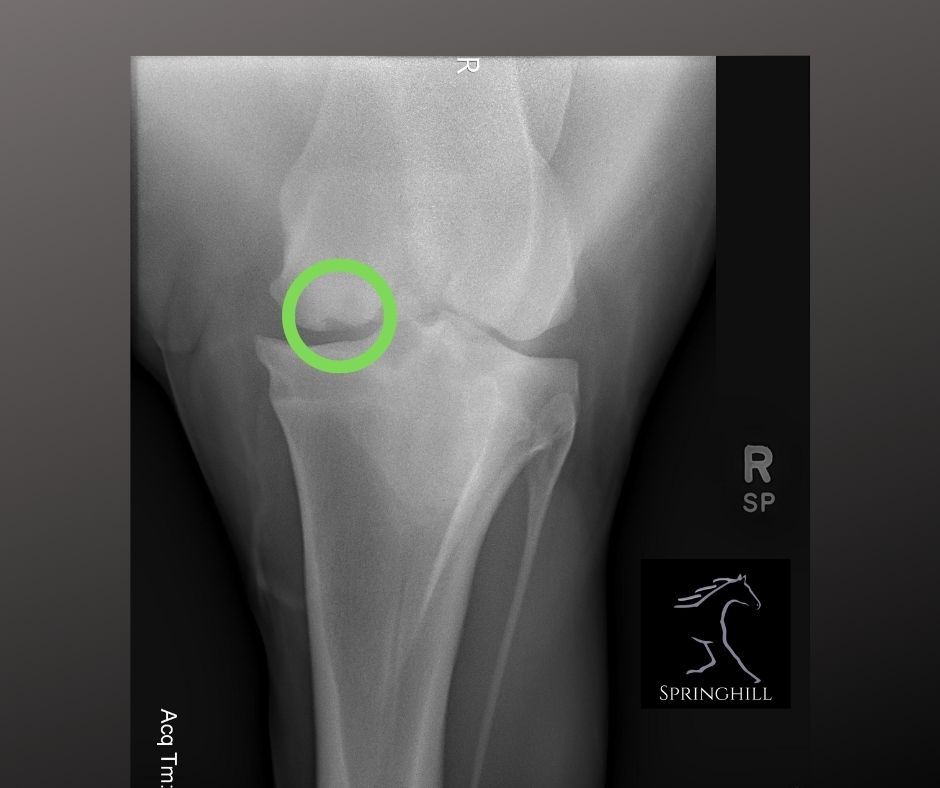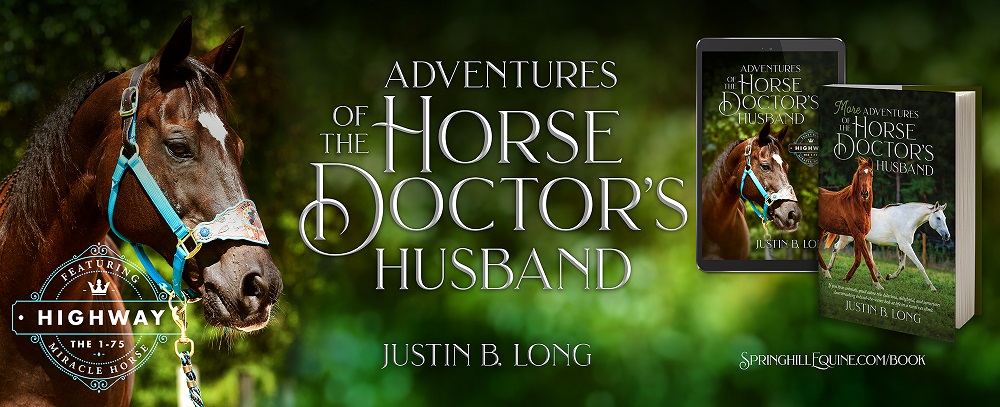Tuesdays with Tony
Today, I’m going to be talking about OCD in horses, but it does not involve horses that are obsessive about keeping things neat and tidy! That’s a problem that only you humans have. Osteochondritis dissecans, or osteochondrosis is a developmental disease in horses (and other species, including humans) that is often abbreviated as “OCD”. The lesions caused by this disease are important to know as a horse owner because they can cause varying degrees of joint effusion and lameness in the horse.
They can also play a significant role in the pre-purchase exam. Even in young horses, my veterinarians often suggest radiographs. You may be thinking, he’s too young for arthritis and has no known history of an injury, so I don’t need x-rays, doc! However, OCD can be present in horses as young as 5-6 months old. At this young age, they may not be showing obvious signs of having a lesion. Having the knowledge of these types of lesions on your pre-purchase exam can help guide you in future care and treatment of that particular horse.
Now for a little semantics. We commonly use the abbreviation “OCD”, or the term Osteochondritis dissecans, as an all-encompassing term for this type of developmental condition. However, there are two terms that describe different stages of the condition. Osteochondritis dissecans is technically when there is a flap, chip or some degree of separation from the joint surface. These are often referred to as “bone chips.” These flaps or chips can cause inflammation and pain in the joint, which contributes to lameness. This is typically occurring later in the disease process. On the other hand, the term osteochondrosis is used when there is incomplete hardening of the bone, but there is no separation. In the horse, the most common joints that are affected are the hock, fetlock and stifle.

OCD is a complex disease because the cause of the lesions is multifactorial. There is evidence that genetics, nutrition, and exercise play a role in the development of OCD. Genetically, there are some breeds and lineages that are predisposed to OCD in certain joints. Currently, we don’t know of a specific gene involved. Nutritionally, the most influential component is the ratio of calcium to phosphorus that is being fed, especially to a growing weanling. Exercise tends to play a modifying role in the condition. That means that younger horses that were stall rested or exercised infrequently have a higher incidence of OCD compared to those that are in a consistent exercise schedule. That makes me really glad to be a cat.
Now that you know what OCD is and what causes it, you’re probably interested in knowing how my docs can determine if your horse has it. Luckily, taking a radiograph (what you humans call an x-ray) can help us find most types of lesions. They’re sometimes inclined to take the x-ray because your horse may be showing the clinical sign of effusion. In some cases, ultrasound can also be used to identify the lesion.
There are several different treatment options, but the most common is arthroscopic removal, especially if there is a flap or a chip. Medical management could include injections with steroid or hyaluronic acid medications, or systemic non-steroidal anti-inflammatories (bute, banamine, equioxx) to help reduce inflammation. In general, arthroscopic removal leads to the best prognosis and return to athletic ability and soundness, but these results can vary depending on the location and joint.
Well, there you have it. OCD is a great reason to get a pre-purchase exam done on your next horse. And if you want to know more than I’m willing to write (hey, a cat’s gotta take a nap!) you should check out the podcast my humans did on this topic. It’s very informative.
Until next week,
~Tony
P.S. Are you watching my YouTube videos? There’s a LOT of really good stuff on my YouTube Channel. If you’re not binge watching it, I don’t even know what to say.
Tuesdays with Tony is the official blog of Tony the Clinic Cat at Springhill Equine Veterinary Clinic in Newberry, Florida. If you liked this blog, please subscribe below, and share it with your friends on social media! For more information, please call us at (352) 472-1620, visit our website at SpringhillEquine.com, or follow us on Facebook!
[jetpack_subscription_form title="Subscribe to Whinny's Wisdoms"]

